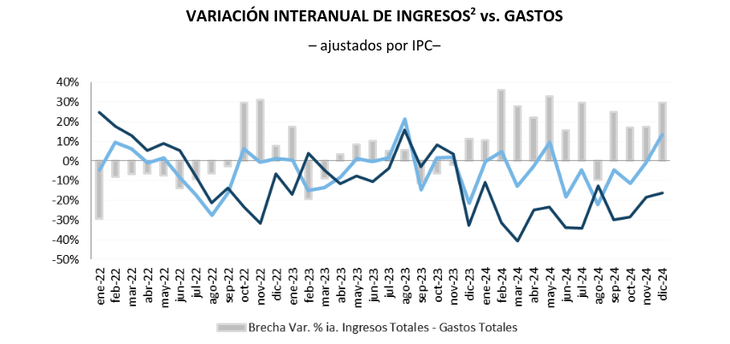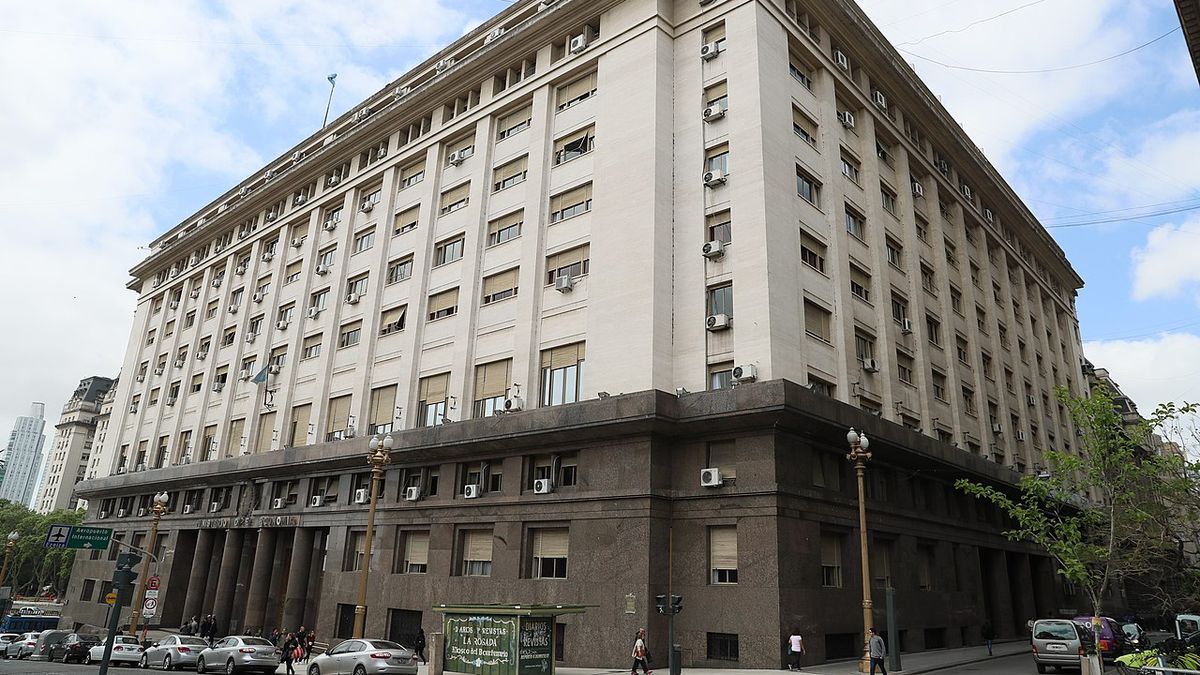The Government executed in 2024 andl 94% of budget credit of the National Public Administration (APN), which implies that despite having handled the 2023 guidelines and after having made 13 modifications to them, it remained within the nlevels that could be considered normal.
This is indicated in a report by the Argentine Association of Budget and Public Finance (ASAP) in its latest report on the execution of expenses and income as of December accrual basis of the APN.
The report does not reflect the expenditure actually executed, but the one authorized from the moment the supplier presents its invoice over the past twelve months and does not include the entire National Public Sectorl, with decentralized organizations, universities, state companies and social security institutions.
However, the analysis ofa APN accrual basis helps understand the dynamics of the budget over the course of a year, although the results are different with the SPN box base. From a total expenditure of $96 billion that appear in the extended budget, expenditures of $90 billion were accrued. Or put another way, $6 billion remained unspent.
In this case, the government closed last year with a accumulated accrued primary surplus of $8.3 trillion and a financial deficit of $1 trillion.
asap-execution-2024.png
The data marks a substantial improvement with 2023, when the APN had a primary loss of $5.5 billion and another financial loss of $8.9 billion.
Measured the fiscal result in another way, as a proportion of income, andIn 2023, the then government spent $131 for every $100 it had managed to raise. This year that relationship fell to $101, marking a 30-point year-over-year improvement.
What happened to the “box base”
The next 1January 7, the Ministry of Finance will publish the final cash-based data of the National Public Sector (SPN) which is the form of measurement that interests international credit organizations.
asap-dynamic-expense-income-2024.png

In December, according to It was anticipated by the Minister of Economy, Luis Caputo, On a couple of occasions, there was a fiscal deficit equivalent to between 0.2 and 0.3 points of GDP, which is “a third of what there was in the same month of 2023.” Regarding the primary result, which does not take into account debt interest, the government maintained the surplus that was seen throughout 2024.
Social spending gained space
According to the reporte ASAP last year social spending was higher in proportion to other components of the budget. This does not mean that the government has spent more, but rather that by reducing other components more, this item gained greater weight.
“As a consequence of the dissimilar performance of the different concepts during 2024, the Public Administration Budget became more focused on Current Expenses, particularly in the Jubulations and Pensions (they went from representing 34.1% of total expenditure in 2023 to 39.7% in 2024, increasing their participation by 5.6 points), to the detriment of Capital Expenditures (public works), which went from 6.7% in 2023 to 2.5% of total expenditure in 2024,” states the ASAP report,
floating debt
The report also details that the government “It left a debt of about $2 billion by 2025.” These are expenses accrued during this period that have not yet been paid. It is technically called “floating debt.” This item did not have a major impact on the result because at current values, Javier Milei’s government received a higher debt from Alberto Fernández. So there was an improvement in that concept as well.
Source: Ambito
I am Pierce Boyd, a driven and ambitious professional working in the news industry. I have been writing for 24 Hours Worlds for over five years, specializing in sports section coverage. During my tenure at the publication, I have built an impressive portfolio of articles that has earned me a reputation as an experienced journalist and content creator.




